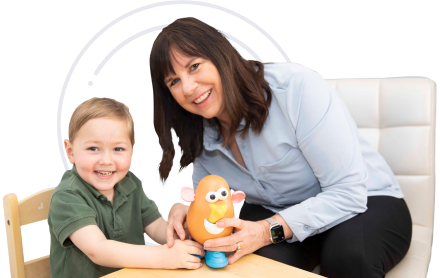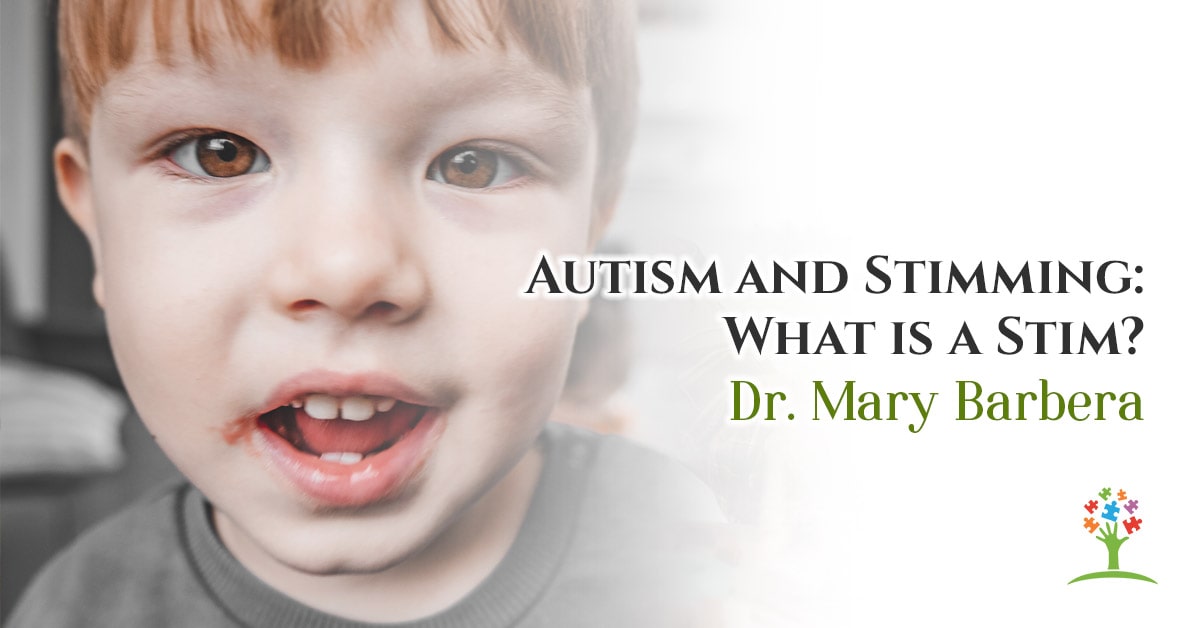One of the most common questions I receive from parents and caregivers is about stimming and its relation to autism spectrum disorders. Many wonder, “What is stimming?” and “Is stimming a part of autism?” Today, I aim to answer these questions comprehensively and delve deeper into various aspects of stimming, including its types, triggers, benefits, risks, and management strategies. This guide is intended to be a valuable resource for parents and professionals working with children on the autism spectrum.
What is Stimming?
Stimming, short for self-stimulatory behavior, refers to repetitive body movements or movements of objects that provide sensory input. According to the Child Mind Institute, stimming—also known to neurologists as “stereotypy”—involves stereotyped or repetitive motor movements, use of objects, or speech.
Everyone engages in some form of stimming. For typically developing individuals, stimming can include tapping a pencil during a meeting, twirling hair while reading, or doodling when bored. These actions help us manage emotions, focus, and provide sensory input when the environment lacks stimulation. In essence, stimming is a way to keep our neurons firing.
However, in the context of autism spectrum disorder (ASD), stimming behaviors can become more pronounced, frequent, and can manifest in ways that may interfere with learning, social interactions, or even pose safety risks. Examples of stimming in individuals with autism include hand flapping, rocking back and forth, spinning, or repeating words and phrases (echolalia).
Different Types of Stimming Behaviors
Stimming behaviors can be categorized based on the sensory systems they engage. Understanding the distinct types of stimming can help parents, caregivers, and professionals identify triggers and develop appropriate strategies to support individuals with autism.
Auditory Stimming
Auditory stimming involves repetitive sounds or noises. This can include humming, tapping on objects or ears, snapping fingers near the ears, or making repetitive vocalizations. For some individuals, these sounds provide comfort or help block out overwhelming environmental noises.
Vocal Stimming
Vocal stimming includes repeating words or phrases (echolalia), scripting lines from movies or shows, making random noises, or speaking in unusual tones or pitches. Vocal stimming can serve as a way for individuals to process language or express excitement and anxiety.
Tactile Stimming
Tactile stimming involves engaging in repetitive touching or rubbing of objects, textures, or parts of the body. Examples include rubbing hands together, feeling different fabrics, or tapping fingers on surfaces. This type of stimming provides sensory input through touch and can be soothing for the individual.
Visual Stimming
Visual stimming includes behaviors that involve the sense of sight. Examples are staring at spinning objects, flicking fingers in front of the eyes, watching moving lights, or lining up toys and objects in a particular order. Visual stimming can help individuals focus or provide a sense of control in their environment.
Vestibular Stimming
Vestibular stimming involves movements that affect balance and spatial orientation. This can include rocking back and forth, spinning in circles, jumping repeatedly, or swinging. These movements can provide a sense of physical comfort and help regulate the individual’s sensory system.
Olfactory Stimming
Olfactory stimming involves smelling objects, people, or even oneself repeatedly. Individuals may be drawn to specific scents and may sniff objects closely to experience the smell more intensely.
Full Body Stimming
Full body stimming involves movements of the entire body. Examples include running back and forth, pacing, or engaging in complex body movements. These behaviors can help individuals release energy or cope with overwhelming emotions.







